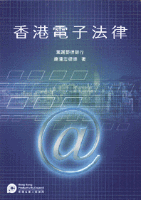Relevance between Digital Rights Management and their 'purchase'
When the owner a digital property 'sells' a digital product such as the music or songs contained in a CD, he is in fact selling a media containing the music or songs. He has not sold the rights underlying the products other than giving the buyer the right to listen and play for his private purpose.
Regarding a visual product such as text, photos or graphical works. There are several different types of use rights in the case of a consumer or end-user purchase, including:
· view only
· view and print
· view and copy
· view, copy and print
· time-limited use
If it is a sound recording product such as music, songs or movie. They include:
· play and listen only
· play, listen and copy
Use rights can be marketed individually or in different combinations. For example, a digital product can be marketed for viewing only. To protect digital rights, owners would look for technology so that it is incapable of being copied or printed unless permitted. Copying or printing would belong to other use rights requiring further compensation or payment to the right owner. This is called digital rights management. The most widely know example is DVD which is encrypted in such a way that the movie can only be played in certain region. That encryption technology has nevertheless been broken by computer program. Another example is the Secure Digital Music Initiative (SDMI) format which watermarks musical recordings to prevent duplication of the content. The encryption or watermark technology is often under challenge by technologists who consider circumvention being part of their research work or studies.
